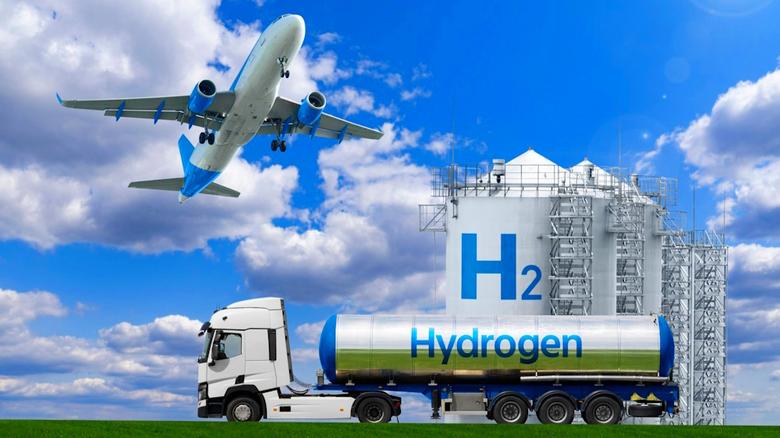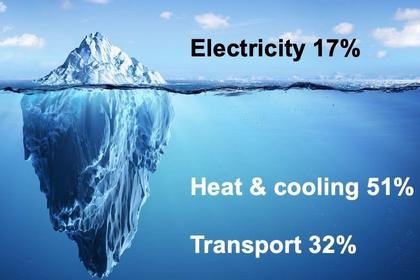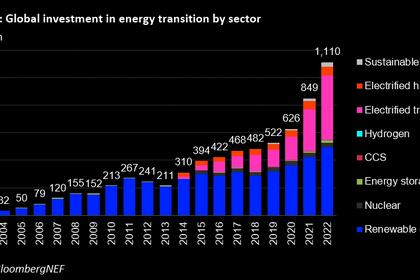
HYDROGEN ENERGY INSTABILITY

By DIANE CHERRY Principal, Diane Cherry Consulting, LLC
ENERGYCENTRAL - Sep 18, 2023 - In the clean energy transition, hydrogen is growing as an alternative fuel that may power our future. When produced using renewable energy, “green hydrogen” can serve as a zero-emissions option in hard-to-decarbonize industrial sectors. Others envision hydrogen as an option replacement for natural gas while utilizing existing gas infrastructure. But hydrogen has many challenges. Most current hydrogen production relies on fossil fuels and generates emissions throughout its life span, even though it does not emit greenhouse gases (GHGs) when combusted. In a warming world, green hydrogen is the sole clean option, but accounts for only around one percent of global hydrogen production and remains costly even in future projections.
Despite potential lifecycle emissions, hydrogen’s emission-free combustion makes it a hot topic to bridge the gap between natural gas and full-scale renewables. Many see blending hydrogen into existing natural gas pipelines as a promising opportunity to cut emissions and utilize existing infrastructure. In Europe, countries have been exploring the concept for many years, and utilities across the U.S. are now investigating blending for generation, transmission/distribution, and end-use applications. Studies suggest that hydrogen blending could reduce GHG emissions by seven percent, but it would require using green hydrogen for every project.
While a helpful decarbonization tool in theory, hydrogen blending offers numerous concerns and uncertainties. Hydrogen’s instability, compared to methane, increases ignition and explosion risks, threatening health and safety as it’s transported through communities. Its small molecular size also means that it can easily permeate solid materials, causing “embrittlement,” fractures, and leaks in pipelines and other equipment.
The proportion of hydrogen to gas can impact the danger posed, as hydrogen is only compatible with gas equipment at certain levels. Safety concerns arise at volumes anywhere between five and 20 percent. For example, the California Public Utilities Commission did a study in 2022 to learn more about the hydrogen-natural gas blend and what is considered “safe.” The study, conducted by the University of California at Riverside, concluded five percent blends do not increase risks for the existing natural gas pipeline system, but greater than five percent impacts stoves and water heaters.Blends greater than 20 percent may increase the risk of gas ignition outside of the pipeline.
And yet only at a 20 percent blend does hydrogen reach that seven percent GHG reduction. Additionally, the higher temperatures required to burn hydrogen produce more nitrogen oxides (NOx) than natural gas, damaging air quality and diminishing blending’s climate benefits.
The European Parliament recently recommended that hydrogen blending be used only as a last resort, “as it is less efficient compared to the use of using hydrogen in its pure form and diminishes the value of hydrogen.” Others worry that the technique will distract from more viable, economical decarbonization efforts. Hydrogen undoubtedly has its place in the clean economy. But blending, with its plethora of concerns and uncertainties—from efficiency and cost to pollution, health, and safety—must overcome a lot of implementation challenges.
-----
This thought leadership article was originally shared with Energy Central's Clean Power Community Group. The communities are a place where professionals in the power industry can share, learn and connect in a collaborative environment. Join the Clean Power Community today and learn from others who work in the industry.
-----
Earlier:



















